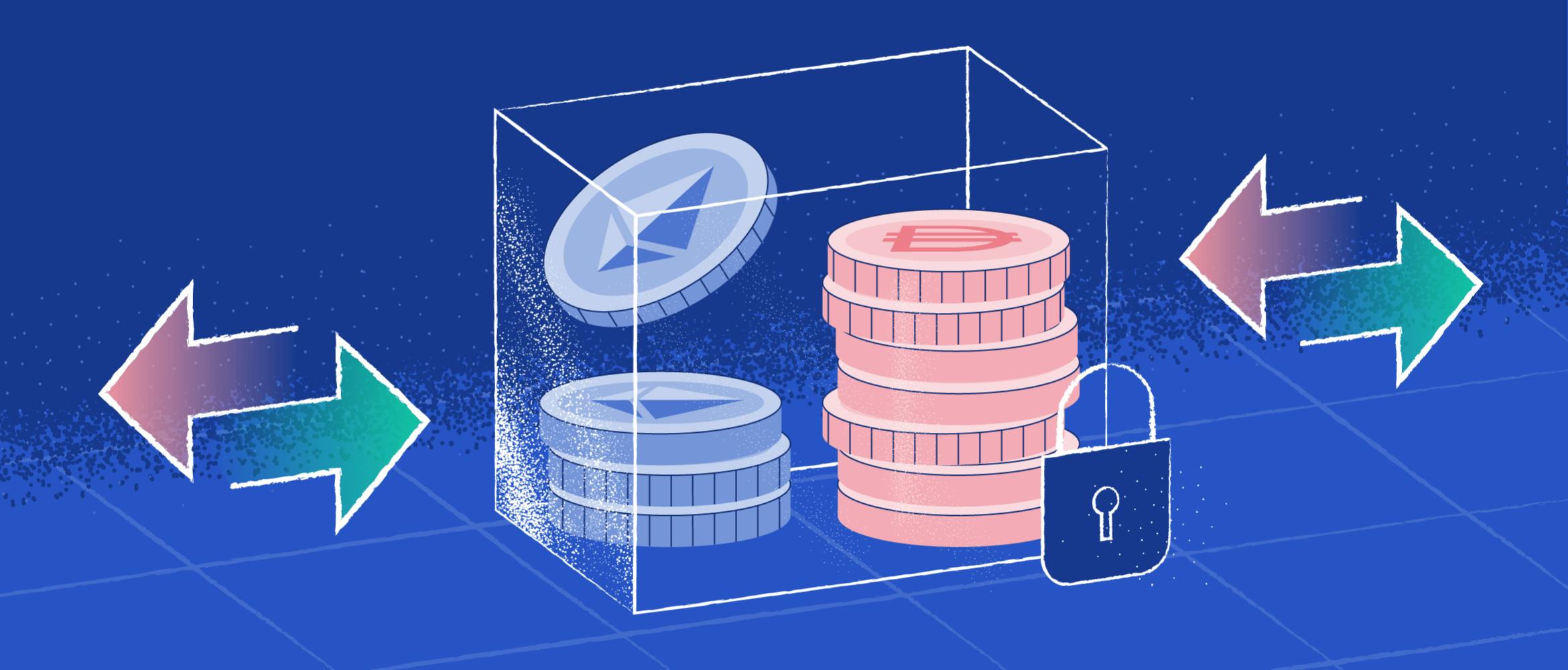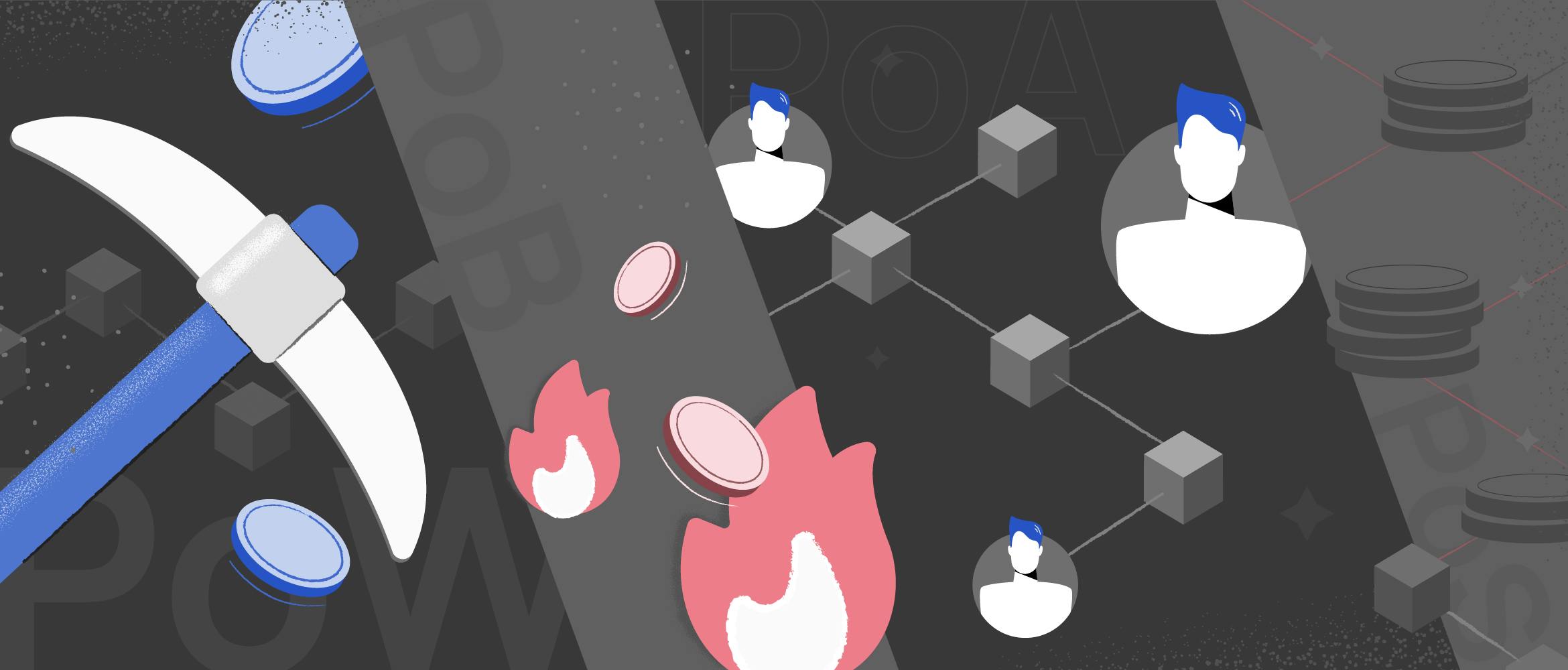
- All
- Analytics
- Technical Analysis
- Trading
- Blockchain
- DeFi
- Guides
- Company News
- Educational
- Opinion
- Price Predictions
- Tools
- Market News
- News
- Trading cases
- Practical guides
- Exchanges
- Trading signals
- Cryptocurrency
- Crypto bots
- Other
Become a crypto master
Learn everything about crypto,
trading and bots

All you need to know about Yearn Finance (YFI)
Start Trading on 3Commas Today
Get full access to all 3Commas trading tools with free trial period

In 2023, the buzz around decentralized finance, or DeFi, is inescapable. Conversations around DeFi are not limited to just crypto aficionados but have permeated the general populace. Poised to catalyze a transformative shift akin to the internet's impact years ago, DeFi offers a novel approach to traditional finance systems. A standout feature? Governance tokens, empowering DeFi users with the autonomy to mold a project's direction, bypassing conventional boardroom decisions. Given its inherent advantages over centralized counterparts, it's no wonder the DeFi realm has witnessed exponential growth and the emergence of myriad innovative projects, one such being Yearn Finance and its associated YFI token.
Yearn's trajectory in the crypto space has captivated many. Reflecting on its journey, after its public launch in July 2020, the Yearn token's value catapulted from $3,000 to a staggering $67,000 by 2023, with a notable peak of over $90,000 in 2021. Boasting a market capitalization exceeding 2 billion, YFI has solidified its position as the 56th largest cryptocurrency—a commendable feat for a project still in its nascent stages.
Having laid out the foundational understanding of Yearn, it's time to delve deeper: What exactly are the mechanics of the Yearn Finance protocol, and what sets its YFI token apart?
What is Yearn.finance (YFI)?
With its native YFI token, Yearn Finance promises to provide an easy way to access high yields for crypto holdings. The project’s founder Andre Cronje, is a South African entrepreneur and tech developer well known in the DeFi community. Cronje came up with the idea for Yearn as a way to solve yield inconsistencies on DeFi platforms.
Admittedly, Yearn Finance can be a little complicated to grasp for newbies in the DeFi space. So let’s break down how it works so you can better understand why Yearn is an important DeFi project.
As soon as you enter the Yearn platform you are presented with five options on the homepage:
- Vaults
- Earn
- Zap
- APR
- Cover
Through these options, the Yearn protocol provides lending aggregation, yield generation, and insurance on the Ethereum blockchain. In other words, Yearn gives its users alternative finance options through its decentralized protocol.
Key Yearn Finance Features
Vault
The most impressive feature of Yearn is its Vault. This option has been Yearn’s main selling point, and it’s no surprise as to why. With Vaults, users can hold a crypto asset and earn a yield from their deposit. As an example, let’s say you love Chainlink (LINK). Thanks to Yearn , you can deposit your LINK tokens into your Yearn Vault and earn more LINK from your deposit. Depending on the cryptocurrency deposited, the returns can be impressive, sometimes as high as 70-80% in some cases.
Vaults manage to achieve these staggering results via a complicated financial process, that we’ll try to break down as much as possible. First off, users deposit a digital asset into the Vault. Then, Yearn uses the deposit as collateral and borrows stablecoins in its place. The protocol uses these stablecoins to find and invest in yield farming opportunities. It then shifts and rebalances the investment when the market changes.
Profits made from investing yields are then converted back into the token you originally deposited. So, if you put some ETH in the Vault program and receive the yield in COMP, it will convert the gained COMP back to ETH.
One of the best Vault features is that it’s designed so the community can work together to find, plan, and vote for the best investing strategy.
By structuring the Vault in a collective way, users can minimize one of the biggest problems for the DeFi community, gas fees. By using Vaults, your gas fees will be significantly lower than what they would be if you were to replicate the same yield-farming strategy on your own.
Earn
Earn allows users to deposit one of the following stablecoins:
- DAI
- USDC
- USDT
- TUSD
- sUSD
Yearn Finance transfers your stablecoin deposits among the main DeFi lending protocol platforms. Generally, it oscillates between three different protocols to earn users the highest possible yield: Compound, DyDx, and Aave.
But as Yearn Finance grew, it had to evolve. Earn cannot simply find the highest yield pool and dump all of the funds in one place. Doing so would drastically change the investment yield, as an influx of capital would increase market supply and affect interest rates. Instead, Earn is designed to adjust and find the optimal portfolio allocation.. Since users are continually withdrawing from the pool, Earn automatically rebalances funds to optimize the yield for the entire pool.
But you may ask, why can’t I go to a DeFi lending protocol likeAave and supply the liquidity myself? Of course this is something you could do, but doing so would require you to monitor the investment constantly. With Earn, this hassle is a thing of the past.
ZAP
The Yearn Zap feature allows users to convert to any available Yearn Finance crypto pools, quickly, conveniently, and with a reduction in cost. Currently, users have five stablecoins at their disposal BUSD, DAI, USDC, USDT, and TUSD. ZAP can convert that into the y.curve.fi or busd.curve.fi pools. Or users can “Zap” out of the pools into the previously mentioned stablecoins.
Cover
Cover is the newest implemented feature, and it’s very interesting. Its main focus is on the insurance that protects users from losses resulting from Ethereum smart contract hacks or bugs. This is all completed through a decentralized insurance model built on the Ethereum blockchain. Additionally, Cover integrates with a project called Nexus Mutual, a protocol that excels at providing smart contract insurance. This is a great way to protect yourself from any unforeseeable smart contract failures that could result in you losing funds.
What about the YFI coin? And how did it reach $69,000?
In simple terms, YFI is the governance token for the Yearn.finance protocol, and DeFi enthusiasts have loved it from the start. The token immediately caught the attention of investors after the project’s founder Andre Cronje didn't pocket any tokens before the ICO, showing his commitment to the project. He gave it to people involved in creating key liquidity pools essential for the project’s birth.
Situations like this are very rare. But when it happens, the community loves it because it displays a founder’s dedication to creating a fair and equitable token to be shared throughout the community.
You also might be asking why the price of YFI is so high? This is because there is only a circulating supply of 30,000 YFI tokens. With such a low supply, the price has to rise substantially in order to meet demand.. Such a small supply is quite unusual for a DeFi project. Although according to the YFI whitepaper, more can be minted through the protocol’s governance process if needed. However, as of now, the community and the developers have expressed no intention of minting new YFI tokens.
The YFI governance process is easy for holders to participate in; all they have to do is stake their YFI coin to the protocol, and doing so, they earn the right to cast a vote on proposed initiatives. The only downside is that the token holder has to keep their coins staked for at least three days after voting on a proposal. Fortunately, they will earn a reward for doing so.
Yearn Finance charges users 5% on some types of withdrawals. This is mainly to maintain its treasury, which needs $500,000 to function. Any excess capital in the treasury is distributed among YFI coin holders. This is a great way to incentivize users to hold the YFI token. The more users the network acquires, the more token holders will earn. But remember, Yearn Finance will only give this dividend to users who participate in the vote.
But what happens to my tokens when I deposit?
When tokens are deposited on Year, the user gets another token back in return for what was given to the liquidity pool. Newbies may be confused at first about how this works, but this is a very important yield farming characteristic.
This process may at first seem like a savings account, but that’s not the case. When you deposit your money in a bank's savings account, all you get back is a receipt of the transaction.
On Yearn Finance, deposits yield tokens. And these tokens allow anyone who holds them to redeem them. This is one of the main concepts behind DeFi.
For instance, on Yearn, users that deposit their funds will get yDAI back. Similarly, on Aave, they’ll receive aDAI and on Compound cDAI. The tokens, plus any earned interest, can be redeemed whenever the depositor sees fit.
This is game-changing because, in contrast to bank deposits, these tokens can be traded or even deposited in other places. This concept is better known in DeFi as composability.
In the beginning, Yearn Finance could only do this with stablecoins, but as the protocol grew, it developed Vaults for more complex crypto assets such as LINK and ETH.
What can depositors do with their yTokens?
As we previously mentioned, in DeFi, the tokens users receive after they’ve deposited their funds can be in turn traded and deposited elsewhere.
On Yearn Finance, stablecoins are the primary deposits because users can easily see how much they are earning. But keep in mind that when a user deposits a stablecoin like USDT and gets yielded back yUSDT, the second cannot be considered a stablecoin.
Yearn Finance found a way to make it easier for depositors to move their funds between different pools. The platform works with Automated Market Maker (AMM) Curve and creates USDC, yDAI, yTUSD, and yUSDT pools.
Consequently, Yearn Finance users can switch between different tokens on the platform by using Curve, like moving from yDAI to yUSDT as an example. And not only that, on Yearn Finance, a user can increase their yield by adding it to another pool and earning from there. Users will receive gains in yCRV, Curve’s native token.
Aditionationally they can also deposit their yCRV and receive yUSD, also known as yyCRV, in return.
A closer look at the Yearn Finance community
Like all DeFi projects, the Yearn community has a central role in the development and governance of Yearn Finance. Decisions are discussed and developed on Yearn’s governance forum. Community members discuss, create, and vote on new strategies for Vaults. This system incentivizes community members to find the least risky and most profitable strategy as a group as their own profit potential is directly affected by any governance decisions
The Yearn Finance community brings people from all walks of life together and is one of the most active communities in the DeFi space. In addition, if approved by the community, select members can be added to the Yearn multisig, meaning, they have more executive powers within the community. The measure is only temporary to avoid abuses, but it's a great way to help the project build and grow.
And to simplify all the governance processes, Yearn has even set up a portal on Boardroom, a platform for managing Decentralized Autonomous Organizations (DAOs).
Can Yearn go mainstream?
It’s difficult for DeFi projects to go mainstream, even if they are growing at a rapid rate within the decentralized finance community. The problem lies with the complexity of how liquidity mining works. Users are rewarded with new tokens every time they lend funds. The question is, will the average person ever really grasp this concept?
Once you look under the hood of a project like Yearn Finance and its YFI coin, you will see many complex operations which aren’t a part of traditional investments like index funds. And participating in the governing process, which is a big part of the project, requires voters to know the procedures and how changes may affect them directly.
It has to be said that Yearn Finance is still growing while providing benefits you don't get from a savings account. Bank depositors can only dream of such high yield on their deposits and complete decentralization. So in time, mainstreet may recognize the benefit of projects like Yearn Finance. What is now understandable only by a relatively small number of people may one day be common knowledge. Only time will tell.
Note: This is not financial or investment advice. Always do your own research before investing in any crypto asset or decentralized protocol. And please remember to trade responsibly and never invest more than you are willing to lose.

A proven leader, successful at establishing operational excellence and building high-performance teams with a sharp focus on value creation and customer success.



